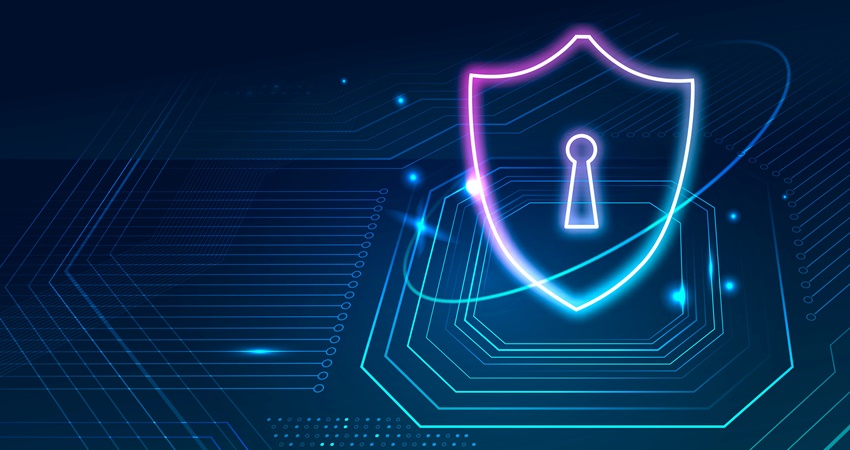
Remote access is a part of today’s professional world. Companies do not have the luxury of only providing access to their offices, why? Because most successful companies today are web-based and an increasing majority of them have remote workers. So basically the traditional perimeters of private networks are disappearing.
If they have to provide remote access, it is crucial to make it secure. Private networks are one of the things that are vital to a company’s success, so they need to be protected no matter what. If you provide remote access to your employees, check out this complete guide on securing it.
What is Secure Remote Access?
In general, secure remote access is the practice of connecting all users, tools, applications, and networks regardless of their location. But while doing so, organizations use several cybersecurity services and frameworks to make sure they can keep their networks free from being compromised.
Although there are some cybersecurity services that allow for easier and more straightforward secure remote access, organizations usually have a dedicated IT security team that works with several cybersecurity methods such as VPNs, FWaaS solutions, threat detection and prevention services, and advanced authentication methods for remote users.
Security Policies for Remote Access
Setting up policies for remote access and enforcing these through various cybersecurity services is the essence of securing remote access. Like any other security process, you need a set of procedures for access permissions, data types, individual tasks for IT security personnel, and much more.
So what are some steps to defining these procedures and policies? Below, you will find the most important ones and those that will ensure a simple way to secure remote access.
- Categorizing resources to make sure the IT team is able to define certain access permissions for every user
- Giving certain tasks to IT security personnel so everyone knows what to look for and monitor as a part of their daily tasks.
- Thinking for the worst, make sure your IT team has a well-defined plan in case of a data breach.
- Implement high-tech authentication methods for remote users, after all, you do not know who is using their computers.
- Allow listing authorized users detaily so you know which remote user has access to what
Main components of secure remote access
Remote access can be secure, but it requires several components in place to be so. There are numerous cybersecurity services and frameworks, but some are more suitable for remote access than others. Let’s see some of the most preferred services when it comes to securing remote access.
1-) Secure Access Service Edge (SASE)
SASE is a great baseline for any secure remote access ecosystem. In its most basic definition, SASE is the convergence of network connectivity and security. It utilizes SD-WAN and several cloud-based cybersecurity services to ensure edge-to-edge security on private networks. What is great about SASE is that it can be completely cloud-native and can reach out to the most remote users within the network without compromising any resources.
2-) Zero Trust Network Access
Zero Trust is often included in a SASE architecture, but it is a great tool to use on its own too. The main focus of Zero Trust is to ensure that the remote users of a network are verifying themselves constantly whenever they need to take action in the network.
Zero Trust usually enforces verification methods such as biometrics, MFA, or SSO. These are great methods that keep the private networks from unauthorized use, even from the insiders.
3-) Network Segmentation
Network segmentation is a crucial part of securing remote access. You need to minimize the risks in case of a data breach, so you segment your network. Imagine what would happen if one of your remote users caused a data breach, and by compromising only one device, the malicious user gains access to all of your resources.
This is why network segmentation is important; you set up certain access permissions so that even if a data breach happens, cybercriminals can only compromise within the boundaries of that single user. Network segmentation is also a great way to limit access to prevent internal breaches.
4-) Identity and Access Management (IAM)
When you have remote users within your organization’s network, you need to identify them detailly so you have a clear opinion on how and why they have access to a specific part of the resources. This is what Identity and Access Management (IAM) is used for.
This cloud-based cybersecurity tool handles all the things related to user identification and private network access permissions. You can set up procedures on how to identify individuals, manage roles, protect sensitive information, and categorize access levels.
Final words
Whenever a company thinks of hiring new talents from around the world or opening up remote offices, they first need to think of ways of securing remote access. If you value your network, you need to make sure to protect it while providing access.
Securing remote access is not the same as traditional cybersecurity methods that are designed to protect physical offices with limited access. You need to think about the things such as access management, identity control, securing personal devices, and assigning specific roles. The guide above explains all and offers some of the most advanced ways to bring them all together. Please note that investing in remote access security will come back as profit and success for your company.





